
Rights Reserved - Free Access.
This digital object is protected by copyright and/or related rights. This digital object is accessible without charge, but its use is subject to written permission.
Unless expressly stated otherwise in the licensing conditions, you are free to make any of the acts permitted by your national copyright and related rights act, including browsing, printing and making a copy for your own personal purposes.
All other acts of reproduction and communication to the public are subject to the licensing conditions attached to the digital object.
ARMY BOOTS OF THE WORLD. REVIEWS
Important notice: we do not sell any boots! The prices are given for information purposes only!
Australia ![]()
Australian combat Boots, General Purpose, with direct moulded sole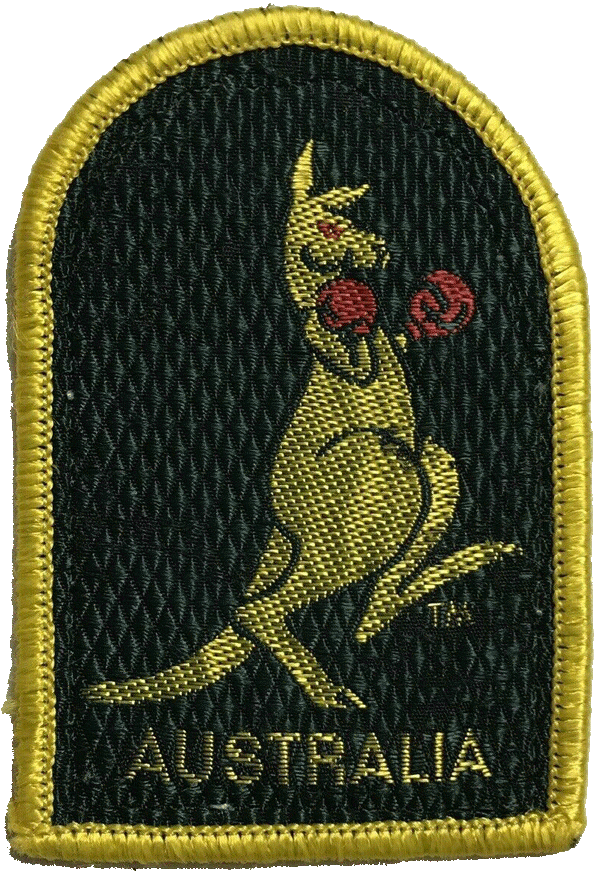


The Australian general purpose (GP) boots used to be a part of the military dress worn by the Royal Australian Army from the sixties. These leather boots had cotton laces with a plastic tip, inner full length tongue and from ten to twelve pairs of riveted eyelets (depending on the boot's size). 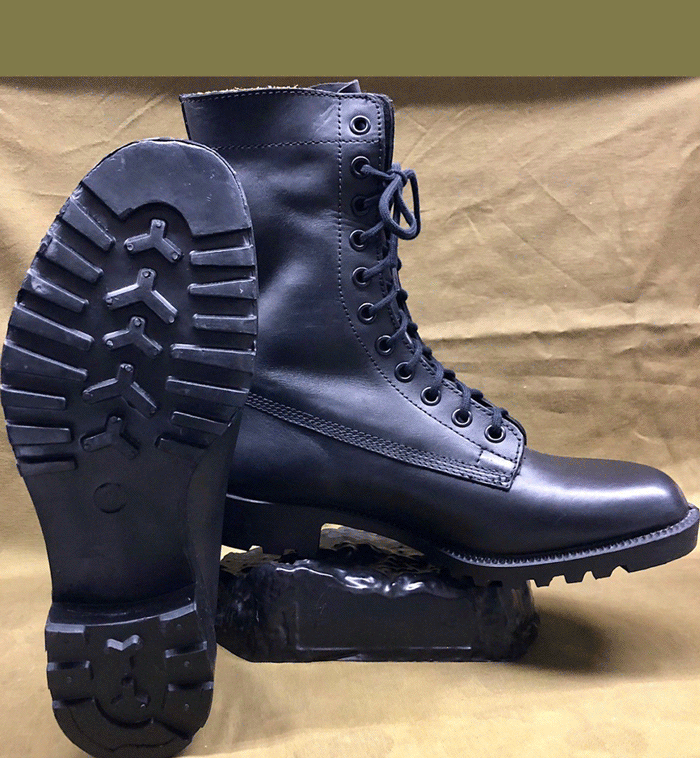

The Australian shoe sizing system is based on the British fixed scale measurements originating from the middle ages, as it was actually created by Edward II back in 1324. Surprizingly, but that sizing system is still used to manufacture footwear for the UK. 
The King's system is based on the size of a barleycorn. The Romans had used the barleycorn as a measurement for years, so the King agreed that that system made perfect sense. Each barleycorn measures 1/3 of an inch and 36 barleycorns placed end to end was the size of Edward's foot, his shoe size was labeled 12. Smaller sizes were graded down by 1/3 of an inch and marked accordingly. Half sizes of 1/6 of an inch are also used. For larger feet sizes the size scale has been extended beyond 12. The average UK size today is a 9; ten years ago it was an 8.
The British shoe sizing system starts at 0 and then it increases 1/3 of an inch for whole sizes and 1/6 of an inch for half sizes. So if a child's shoe size is 1 that equals one hand and one corn. A hand equates to 4 inches, which is still used to measure horses. Children's sizes will continue to increase by 1/3 of an inch until size 13 and then the next size would be an adult men's size 1.
In the British sizing system, a size is considered to be 1/3 of an inch larger than the actual foot size. The width measurement also affects the fit of different shoe sizes. The British system includes an F fitting which is the standard width of a foot. A narrow size in width can be marked E, EX or E+, which is halfway between an E and an F fitting. A wide width is marked G, H, GX, FX or F+, which is halfway between a wide G and an F fitting. The H is extra wide and the G comes after an F in width, which is just considered wide. The GX fitting is an extra wide size, which is between a G and the extra wide H size.

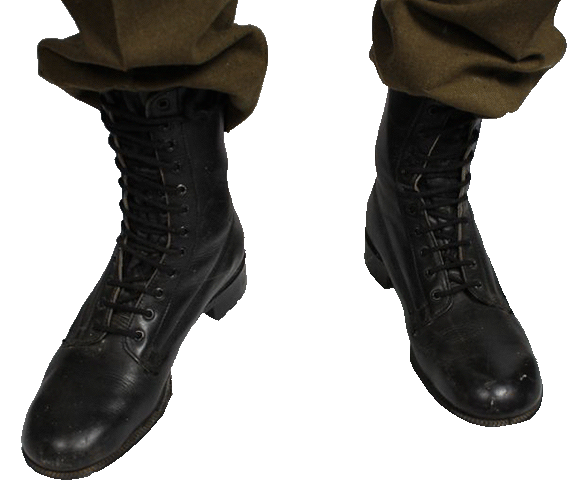
The British sizing system is used throughout the UK and South Africa, the Indian subcontinent and the British West Indies. The US did use the British sizing system until the late 1890s.
When the Goodyear Welting machine was introduced in Britain in 1871, British shoemaking and shoe sizing were transformed. The Goodyear Welt (this shoe construction was shown in the review of the Spanish combat boots) machine stitches the sole to the shoe, which makes shoes easy to repair, more durable and much more flexible than their hand stitched predecessors. Shoe lasts ("a shoemaker's models"), which are the templates that give shoes their shape had to be adjusted in order for the British sizes to fit properly, so the old barleycorn system has gone through several adjustments due to the fact that shoes are manufactured using different constructions. Different shoe manufacturers use different last measurements to produce a size run of shoes, so shoes marked with same size may not fit the same.
The current British standard for shoe sizes is ISO 9407 "Shoe sizes - Mondopoint system of sizing and marking", however it is very rare to find mondopoint sizes on everyday shoes in Britain.
The Australian General Purpose combat boots were reinforced down the back of the leg and ankle and featured rubber soles with lugs tread pattern ("I"-shaped lugs along the rim and "Y"-shaped protrusions in the middle). These boots have a simple yet practical design with a minimum of seams.
However, the thread pattern of the out sole might vary for specific purpose boots, for example for air force of navy crews, etc.:

The soles usually were marked with something like "Dunlop", "Highmark", "LM Shoes Pty Ltd.", "Oliver Footwear" ("O&S Holdings (Vic.) Pty Ltd."), "Hy-Test", "Rogers Corp." etc. (manufacturer), "Made in Australia" (country of manufacture) and "7½" (size).
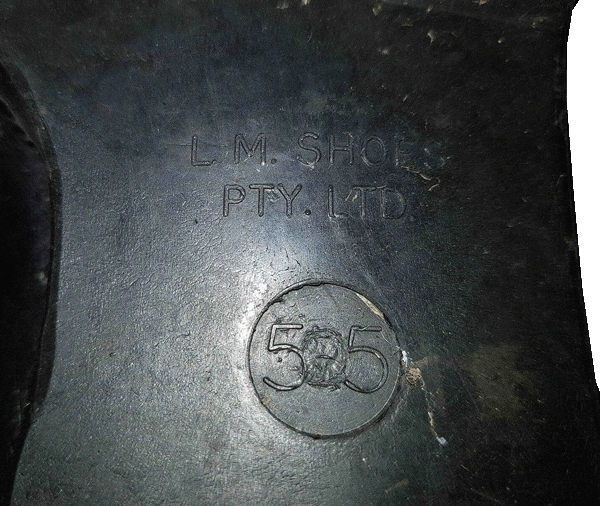
The information tags inside the boots showed the marking with the manufacturer, size and fitting (width), 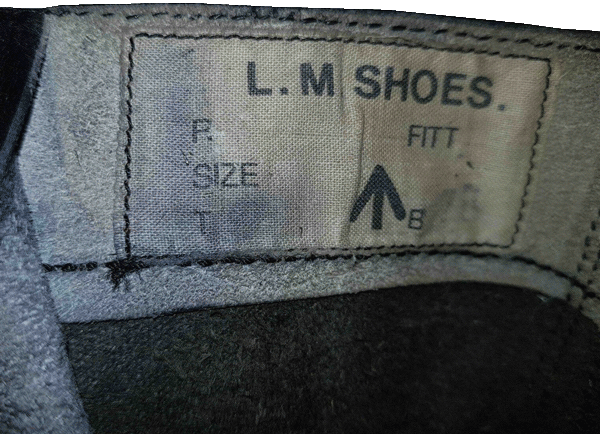
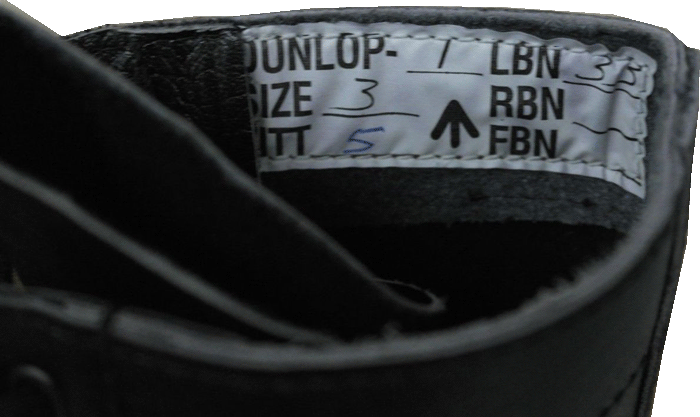
service numbers (LBN, RBN, FBN), optionally, and the "broad arrow" (or "Pheon") DoD symbol, which is used currently by the Australian Army to denote property owned by the Department of Defence.
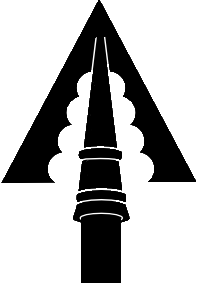
The single pheon symbol was first used by the Office of Ordnance created by the King of England, Henry VIII in 1544 and became a common mark on anything being the property of the monarch.
The etymology of pheon and why this symbol was chosen are both unknown, but the east-facing Norman "Broad Arrow Tower", one of 13 defensive towers around the Tower of London, was built by Henry III some time between 1238 and 1272 to house part of the garrison. They presumably carried lances with the broad arrow pattern. The broad arrow or "crows foot" ordnance mark has been used on British Army equipment since at least 1553 and is a helpful way of determining if everyday items are civilian or military in origin.
Most British military stuff just uses the simple /|\ mark:

When military items were sold out of government service a second \|/ was added point to point with the first so show it was no longer military property (the so-called "demilitarization" process):

The Broad Arrow is still in use in the Australian Army and is used to identify Defence owned property. It has now been embellished by adding two capital letter "D's" (for the Department of Defence) to the broad arrow. In the past, there were occasions where the use of the two capital letters ‘WD’ either side of the arrow to for War Department.
The history of this mark has its origins linked to the Ordnance Service of the Britain, the Government Commissaries, Colonial Storekeepers, Military Stores Departments and Ordnance Stores Corps both in England and in the Australian Colonies. The mark of the Broad Arrow was also adopted by the Australian Army Ordnance Department at the beginning of the 20th Century, and the mark is still used today.
Logically enough New Zealand went for "N /|\ Z":
As distinct from the British GP boots, the Australian Armed Forces used not only black boots, but also the boots of several other colours, due to the peculiarities of the Australian nature and soil.
It is worth mentioning Brown/Tan (also described as khaki/tan boots):

and Green/Tan (Olive Green/Tan boots):

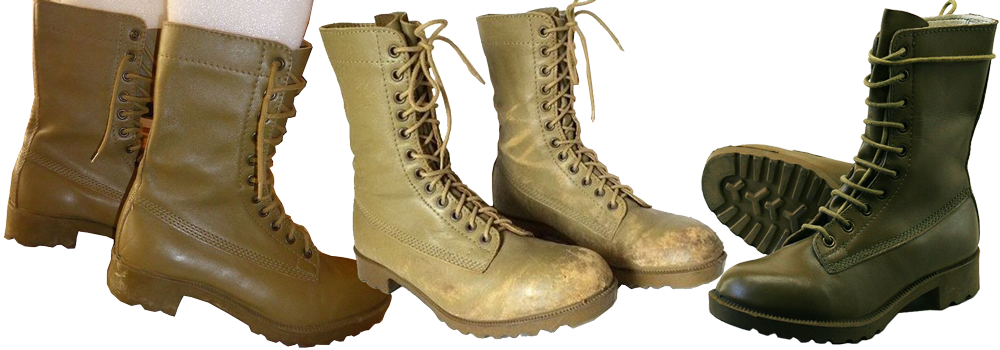
and almost yellow boots:
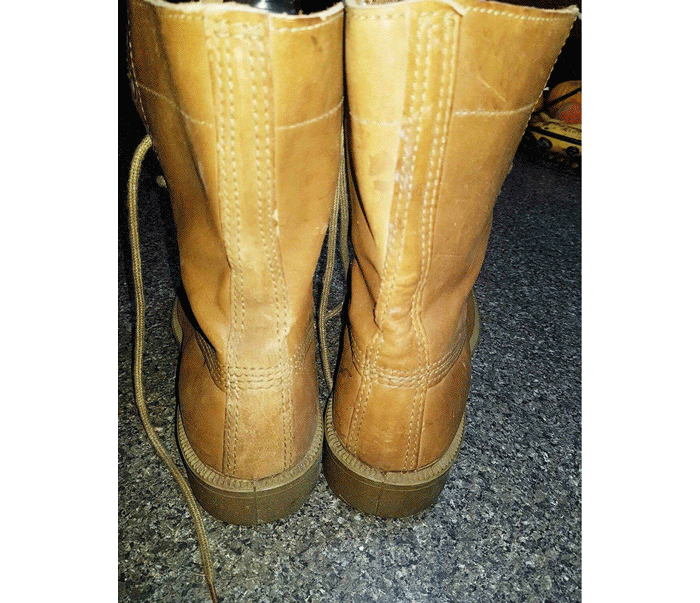
All the Australian Army issue GP bootswere made of soft Australian leather, and featured a rugged sole. The colour of the outsole was usually correspondent to the colour of the leather boot's top: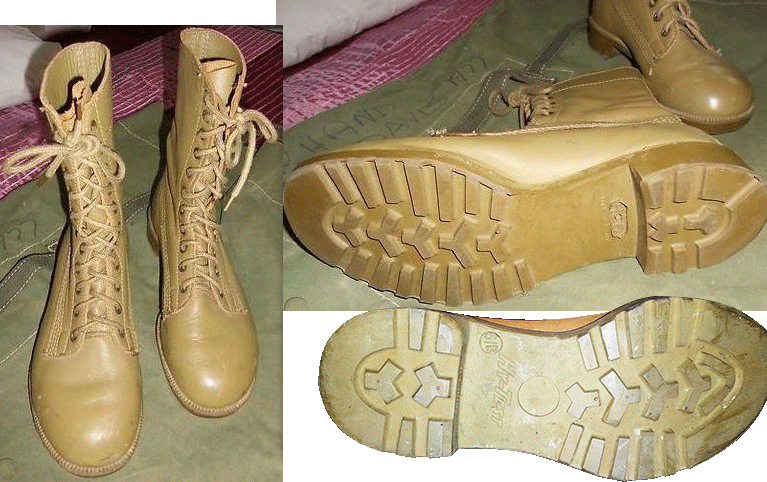
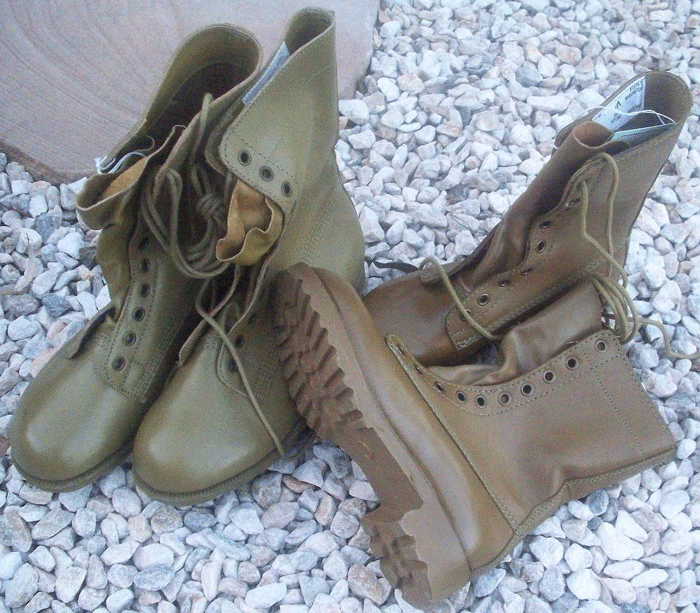
The Australian GP combat boots had been worn from the first deployment in Viet Nam to the peace-keeping missions in Somalia, East Timor and the Solomon Islands.

These boots used to be worn with OD Green wool blend combat boot socks. Constructed from a 80% wool and 20% polyamide blend with a flat toe seam and low bulk flat ribbing on leg. Elastic top holds sock in place.

These over the calf height Aussie Combat Boot Socks (12" (heel to toe) and 25"(overall length of the sock)) were engineered specifically for military combat boots, in order to protect the soldier's feet even under the most demanding field conditions.
Australian "Cadet" Combat Boots

The ADF black "Cadet" boots are actually a kind of shined black combat boots with the DMS (Direct Moulded Sole). Similarly to the British Army, the cadets of the Army, Navy, Air Force and the Marines have to wear these shined black combat boots in conjunction with the utility and parade uniform.
In general, the ADF tend to follow the British Armed Forces, which introduced the DMS ankle boots in the end of the 1950s. The British DMS boots had to be worn with anklets or wind-around puttees. These boots had a moulded plastic sole and externally looked quite similar to the WWII Ammo (Ammunition) boots. However, as the leather was of shoddy quality at best, the boots leaked and could not be made satisfactorily water-resistant. The low sideless tongue also allowed water, dust and small stones to get in over the top of the boot. Once water had got into the boot, it would evaporate through the top of the boot but not through the plastic sole, thereby keeping the foot wet and accelerating the developing of such disease as "trench-foot". Although mesh insoles (of SARAN type) were issued to solve this problem, but they appeared to be fragile and such that could scratch the sole of the foot. No wonder that most soldiers used to purchase commercially available sports-shoe insoles instead.

This type of boot continued in service until the mid-1980s, after its unsatisfactory characteristics became a matter of public concern owing to the severe cases of trench-foot incurred during the Falklands War.
As it was written before some of the British soldiers preferred to replace their regular DMS boots with trophy Argentinean boots, which had better quality.
In the British Armed Forces the immediate successor of the DMS boot was the "Boot, Combat High" - or as the soldiers themselves described it, the "Boot Cardboard Horrible". Basically little more than a toecapless DMS boot extended up to mid-calf length, it was scarcely better than its predecessor. Theoretically waterproofed, it was therefore sweaty and unpleasant, and could cause acute tendinitis. A slightly modified (MkII) version was introduced to solve this, but found little favour. Its only real advantage was that it was not supposed to be 'bulled' to a mirror shine.
The ADF black "Cadet" boots are generally similar to the next, better type of the combat boots, CAB (Combat Assault Boots) were used primarily for combat training and general service.
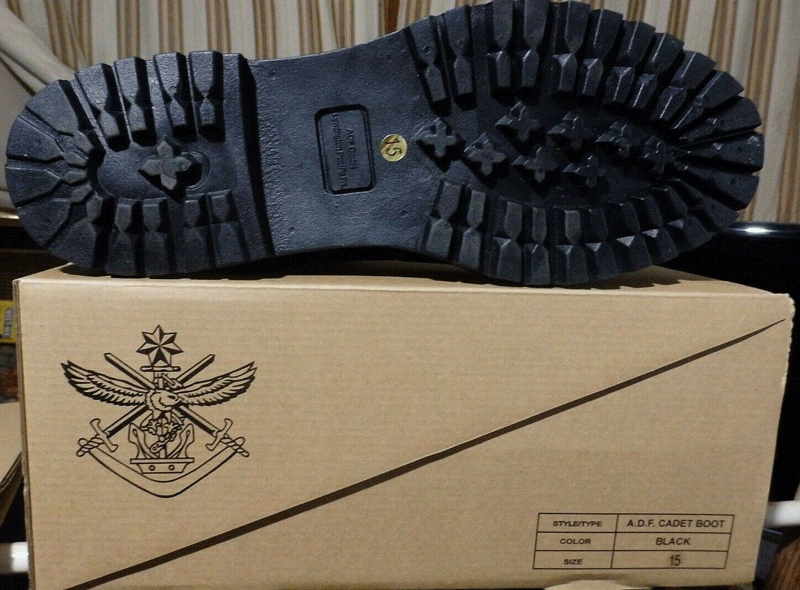
The "Cadet" DMS Boots are consigned for general training and for parade use as well, they often recommended for Sea Cadet Corps or as a cadet/forces parade boot, because various levels of shine can be achieved with such boots.
However, when on exercise (in the field) or on operations, soldiers are only required to shine their boots to combat high.
The "Cadet" boots feature black grain leather upper with the lacing system of 10 to 12 riveted eyelets (depending on the boot's size), leather and synthetic lining and synthetic (hardwearing vulcanised rubber) outsole.
These boots featured shock / impact absorption cushioning removable insoles (poron urethanes): PVC and latex free, breathable, low to medium density, open cell, lightweight, flexible, collapse and hydrolysis resisting, antifungal and odor free.

These boots, being primarily made of leather, can be brought to a high shine for the ceremonial purpose, although boots used as every-day military footwear tend to be left comparatively dull, but clean.

The "Cadet" boots are supplied in cardboard boxes, decorated with the Coat of Arms of the Australian Defence Force.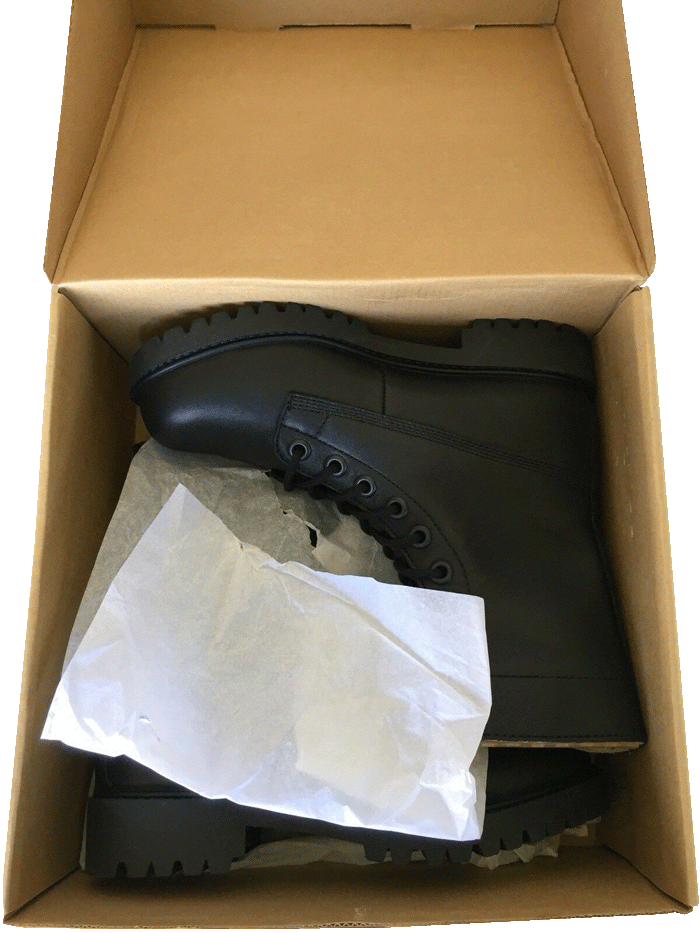
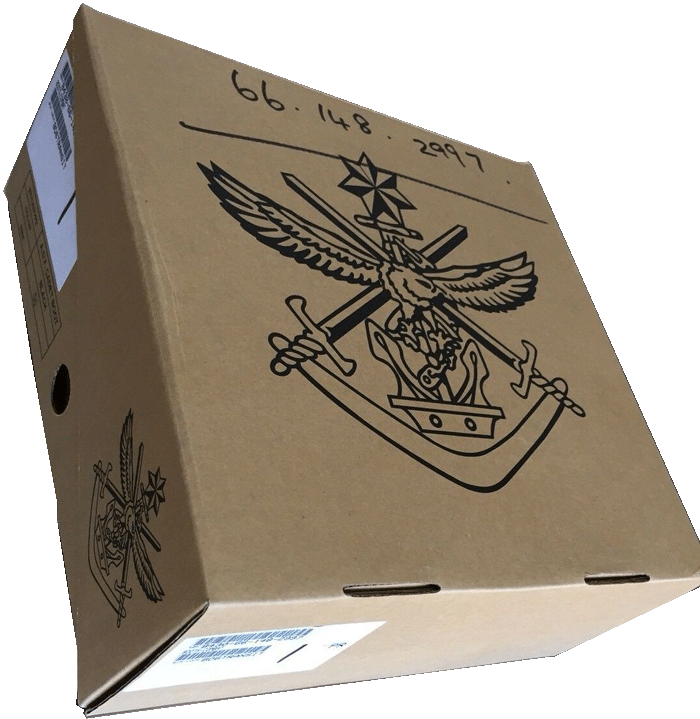
The identification marking usually shows the type of the boots: "ADF Cadet (boots)", the manufacturer's name, for example: "Lymington Pacific P/L" and the size. The inner tag tells about the materials used, the size and date of manufacture (month/year), and the service contract number.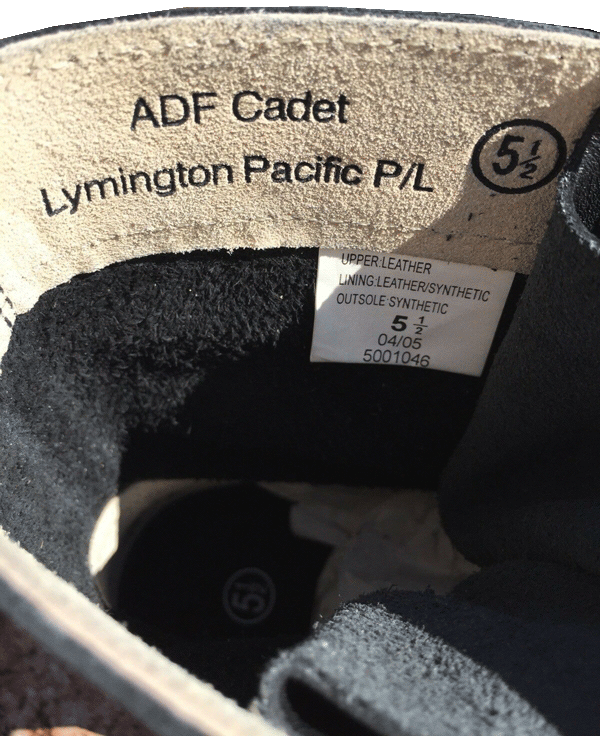
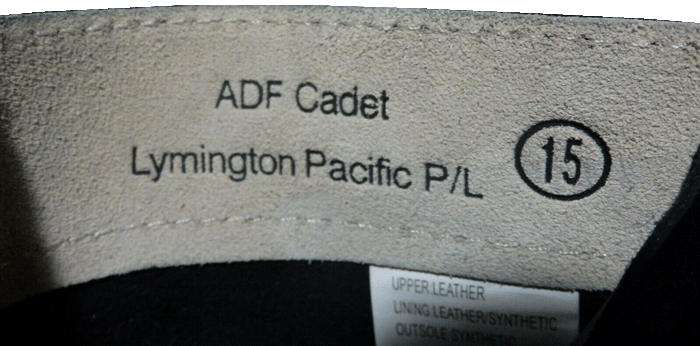
The size is shown on the removable inner sole and the out-sole as well.
Exclusively for cartalana.com
We have much more interesting information on this site.
Click MENU to check it out!
∎ cartalana.com© 2009-2025 ∎ mailto: cartalana@cartalana.com